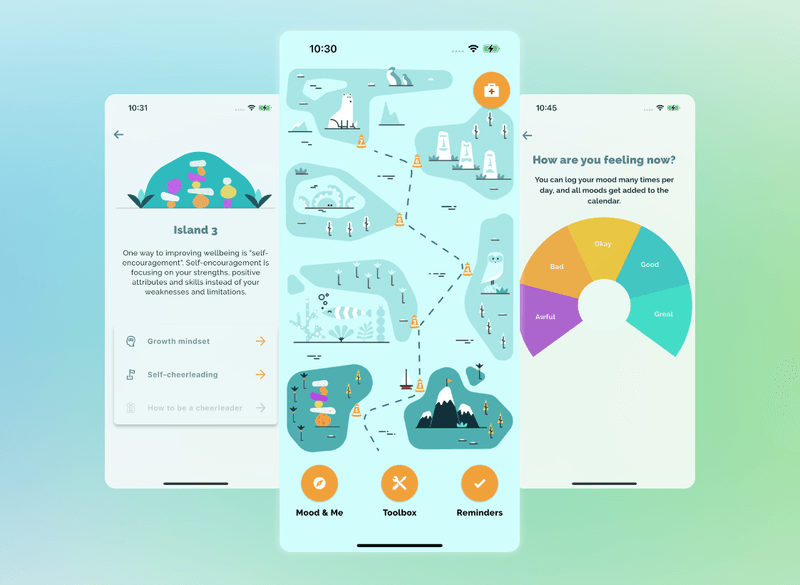E-Screening for Youth Mental Health Just Got Easier!

Why Youth Mental Health Matters
Mental health is a critical aspect of overall well-being, especially for young people navigating the challenges of adolescence and early adulthood. Early support can make a big difference.
That’s where YouthCHAT comes in — a New Zealand–developed e-screening tool designed specifically for young people.
What is YouthCHAT?
YouthCHAT is a youth-focused adaptation of the original eCHAT tool. It gives clinicians a way to explore not only mental health concerns such as depression, anxiety, and stress, but also lifestyle factors and social challenges that can affect wellbeing, including:
- Smoking, vaping, alcohol, and recreational drug use
- Gambling and gaming
- Anger control and exposure to abuse
- Physical activity and body image
- Sexual health and identity
- Behaviour and conduct issues
By offering a broad picture of health and wellbeing, YouthCHAT helps clinicians identify risks early and respond appropriately.
A New User Experience
The latest release of YouthCHAT brings a redesigned user experience (UX) and interface (UI) for both clinicians and young people completing the questionnaire.
- A calmer, more intuitive flow
- An engaging design that reduces anxiety
- A smoother process that encourages honest answers
These improvements make YouthCHAT easier to use, while also supporting more accurate assessments.
Collaboration and Growth
YouthCHAT has been developed through collaboration at the University of Auckland’s Faculty of Medical & Health Sciences, with leadership from:
- Professor Felicity Goodyear-Smith
- Dr Hiran Thabrew
- Professor Jim Warren
- Dr Rhiannon Martel
Since its research beginnings in 2015, YouthCHAT has grown rapidly. It is now used in over 100 clinics and schools across New Zealand, including Te Whatu Ora, ProCare, Healthwest, Pinnacle Healthcare, and Starship Children’s Hospital.
See It in Action 🎥
Here’s a short video introducing the refreshed YouthCHAT experience:
Looking Ahead
YouthCHAT is helping to bridge the gap between clinicians and young people, making early identification of concerns easier and more effective. By combining evidence-based screening with thoughtful design, it offers a path toward earlier intervention, better conversations, and healthier futures.
